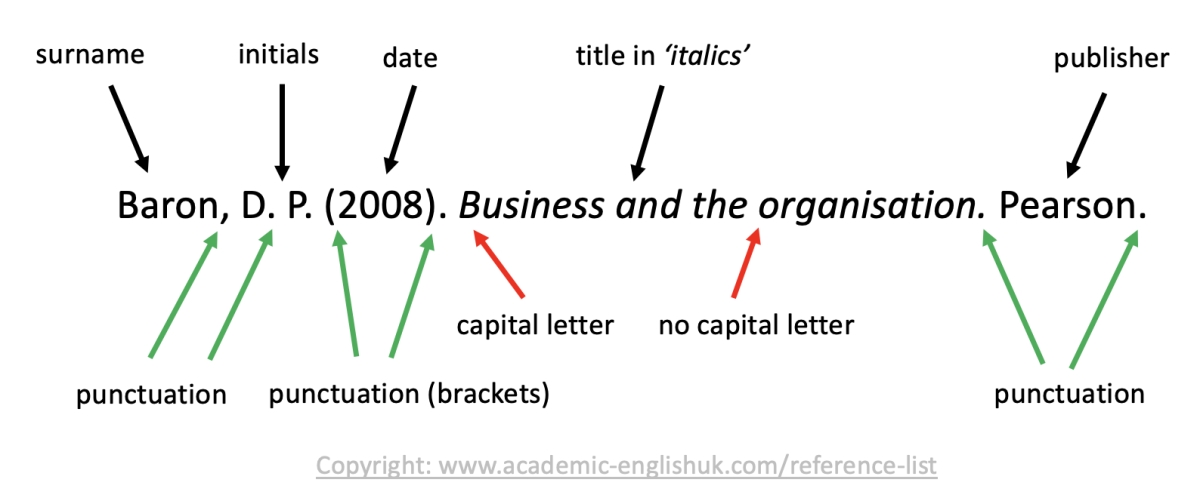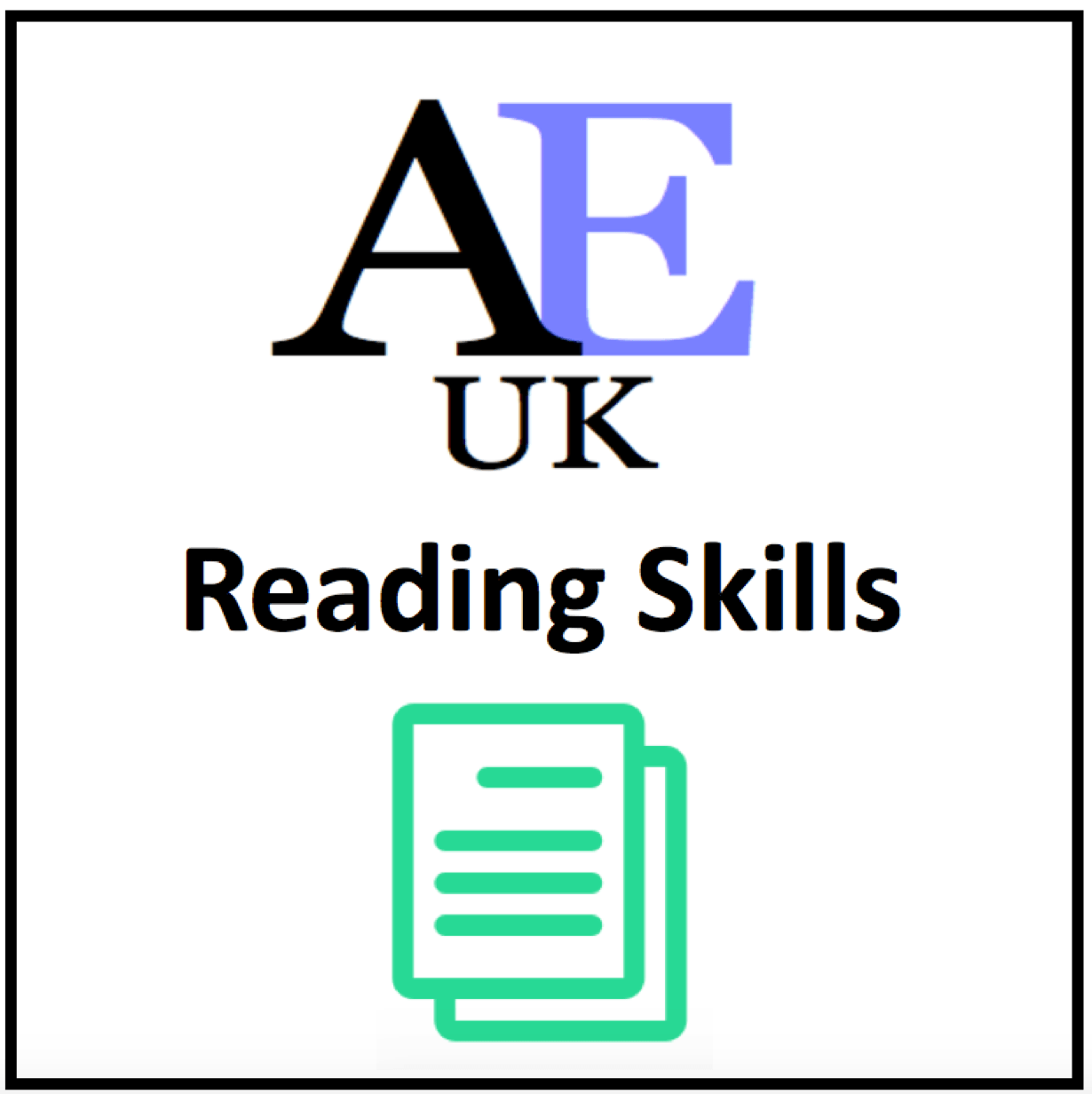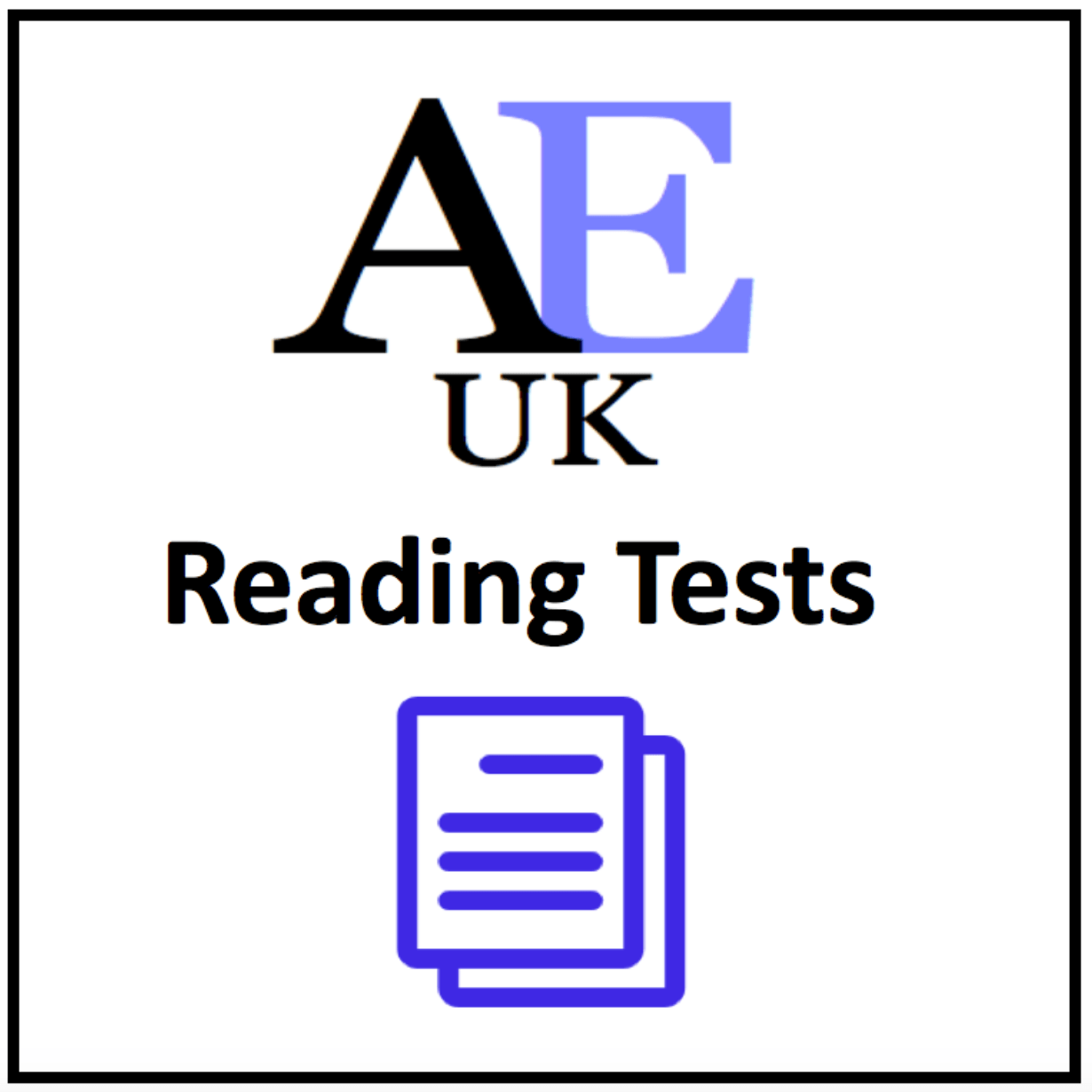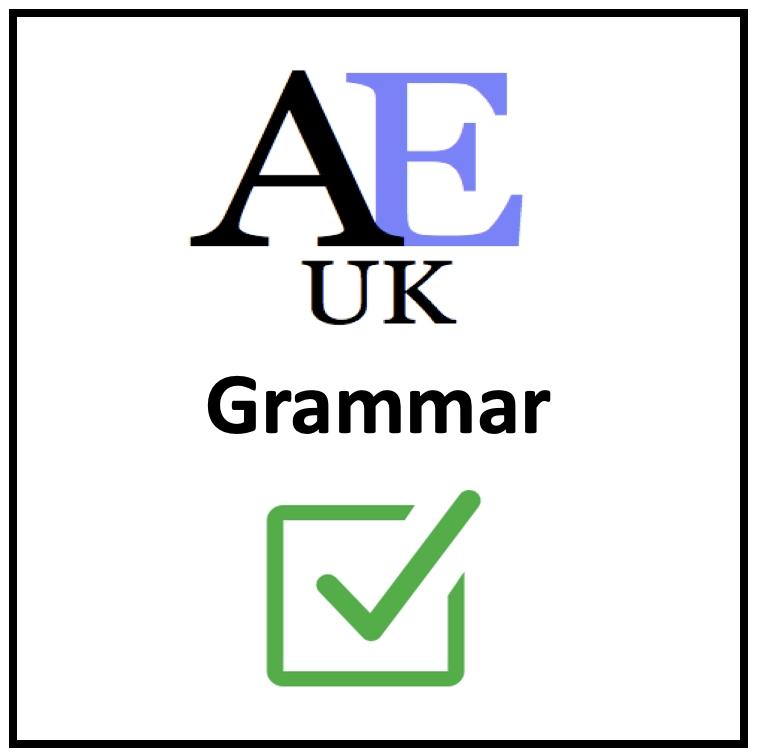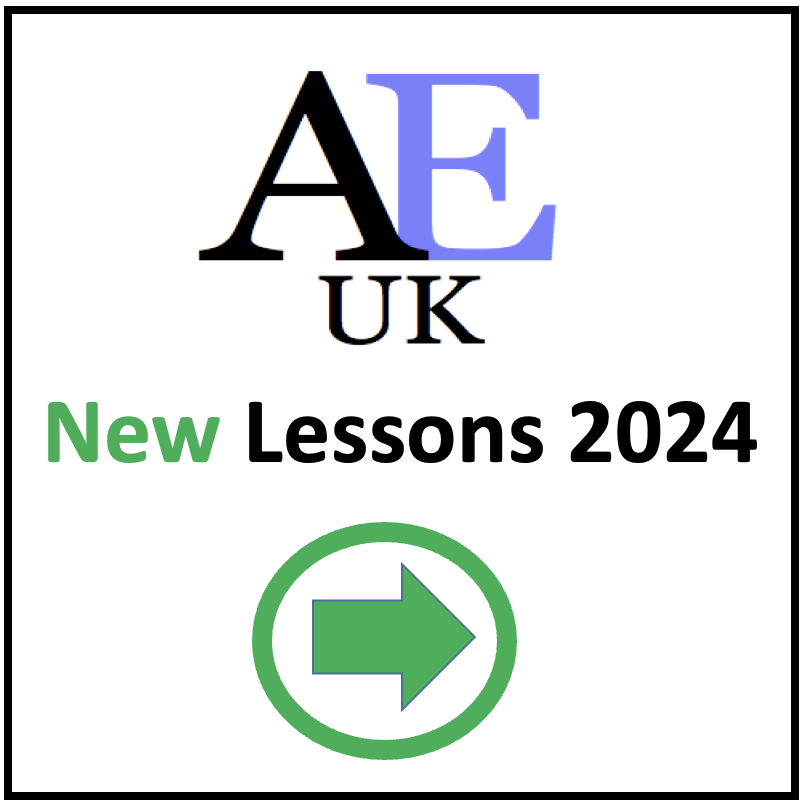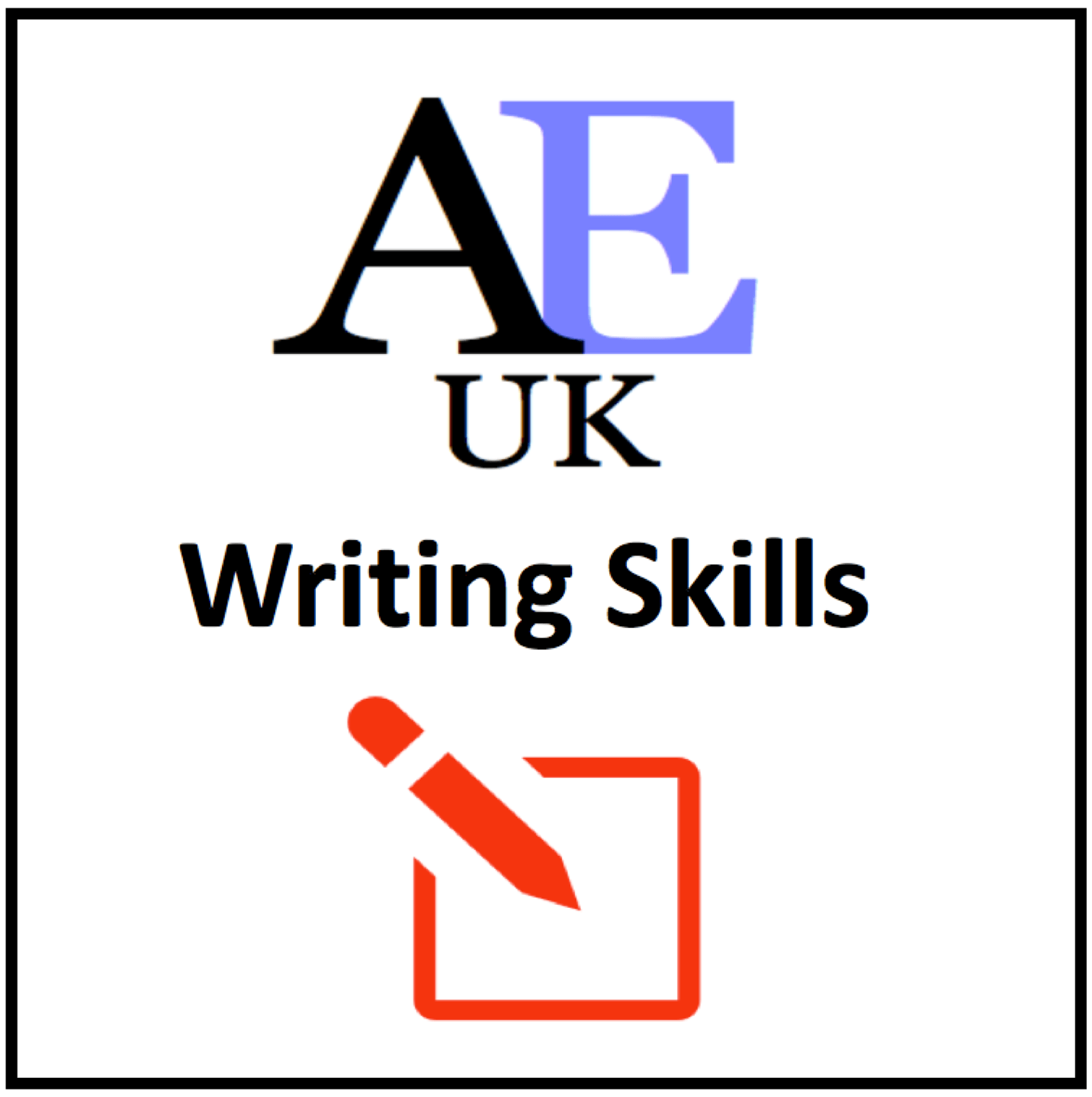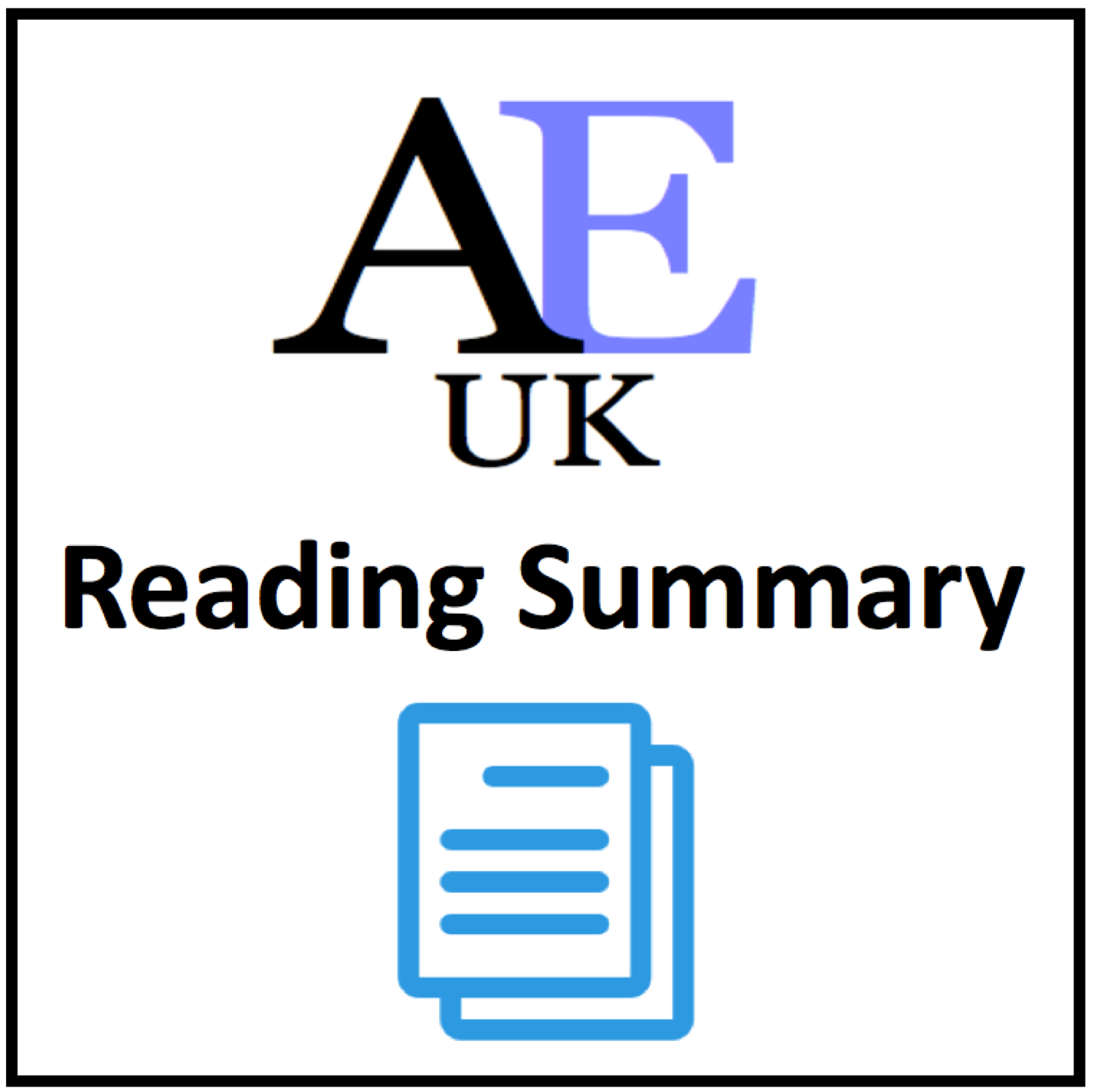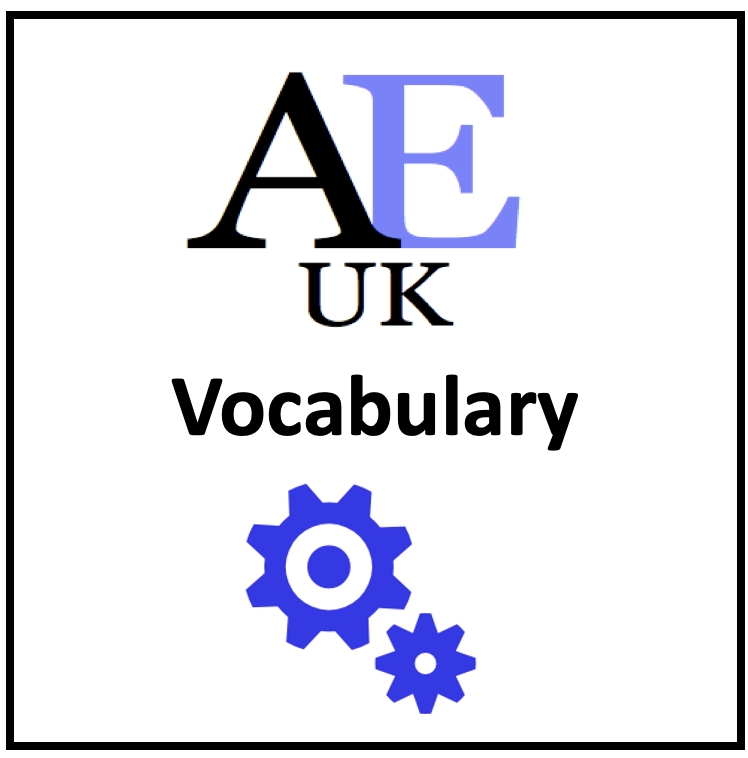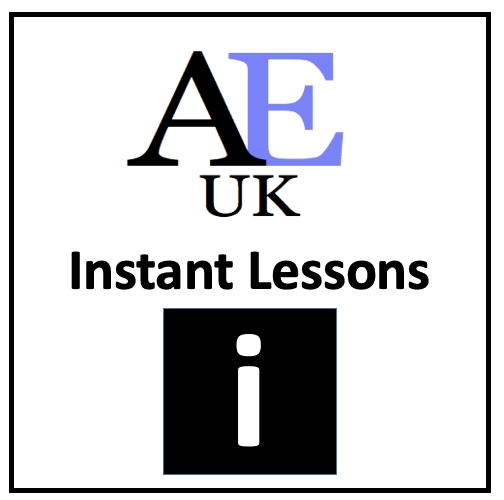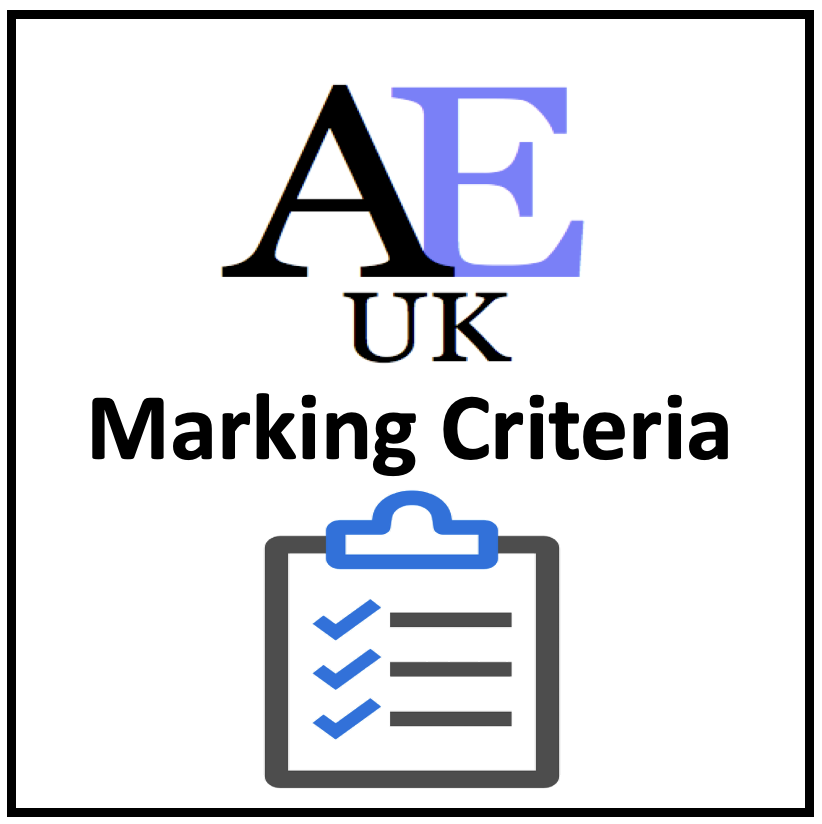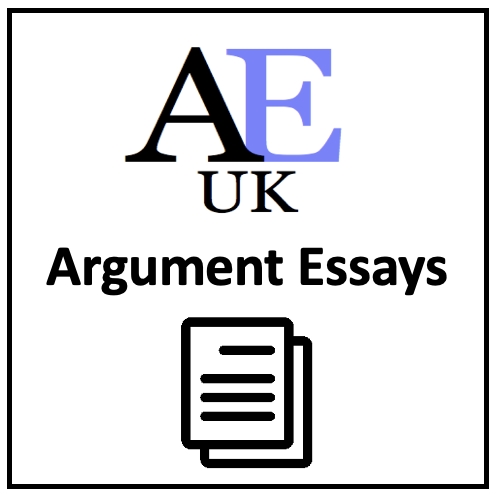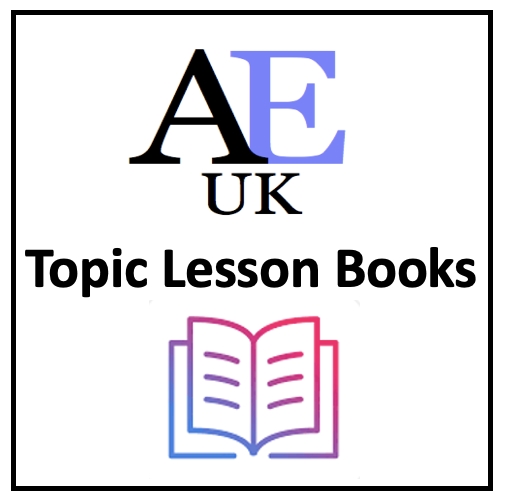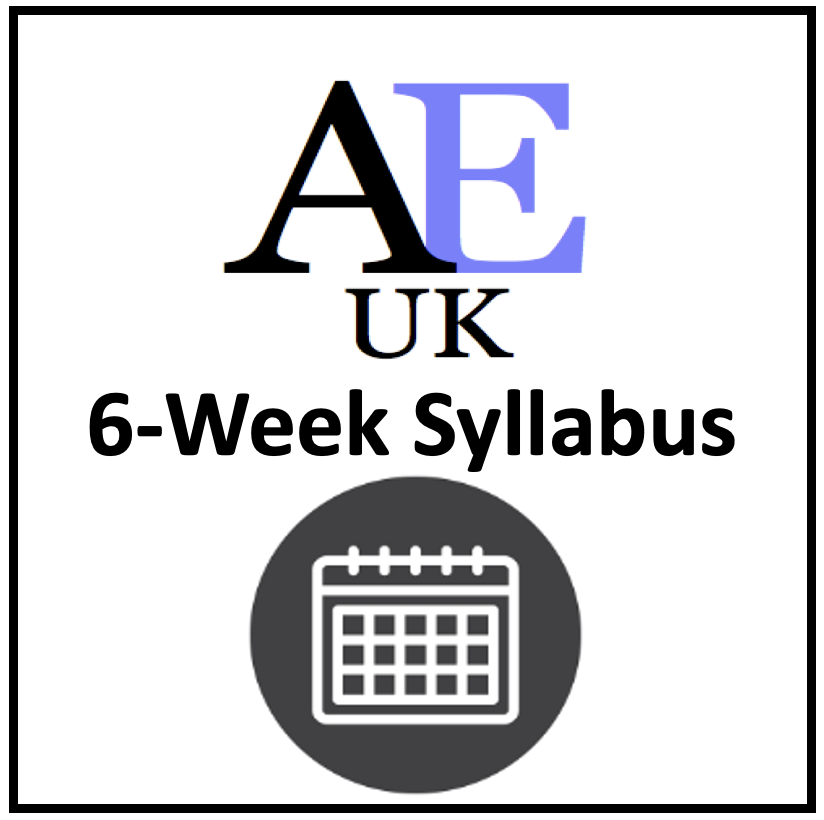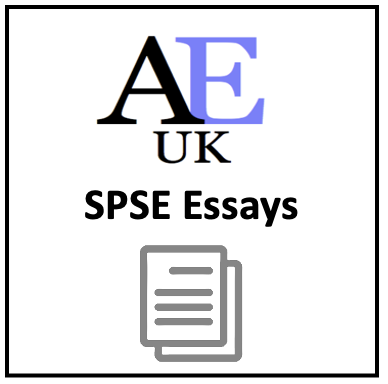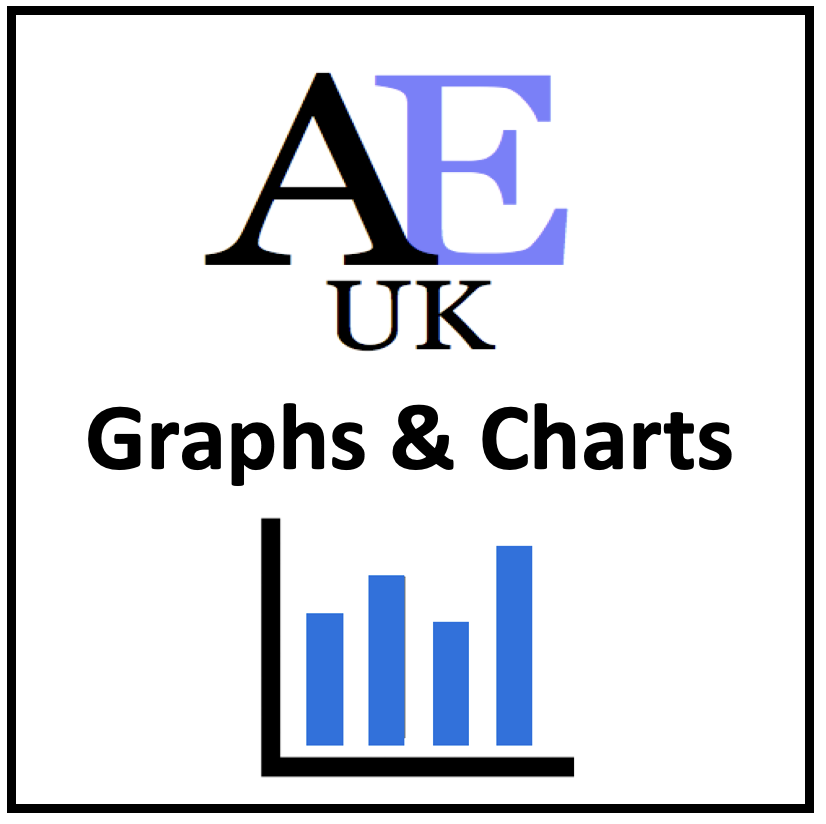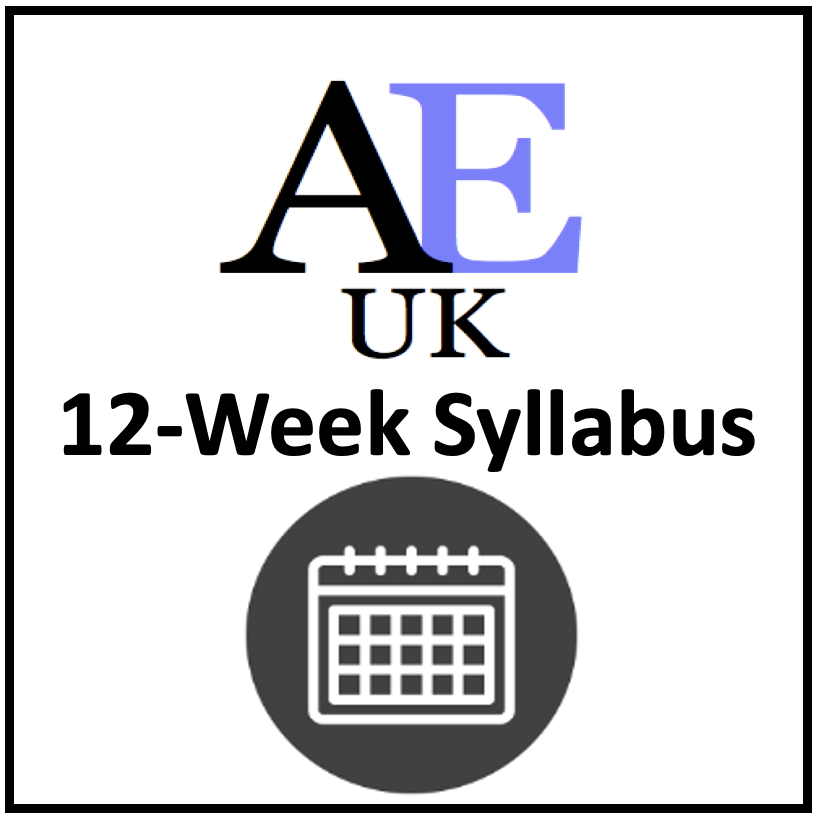Reference List (Harvard & APA)
The basic overview
All the sources that you use in the main body of your text must be listed at the end of your essay; this is called a reference list or bibliography. The sources in the reference list must follow a specific word order and have correct punctuation.
Important: different universities have slightly different versions of referencing so you need to check with your university what guide they use. Look at these two examples of a book reference.
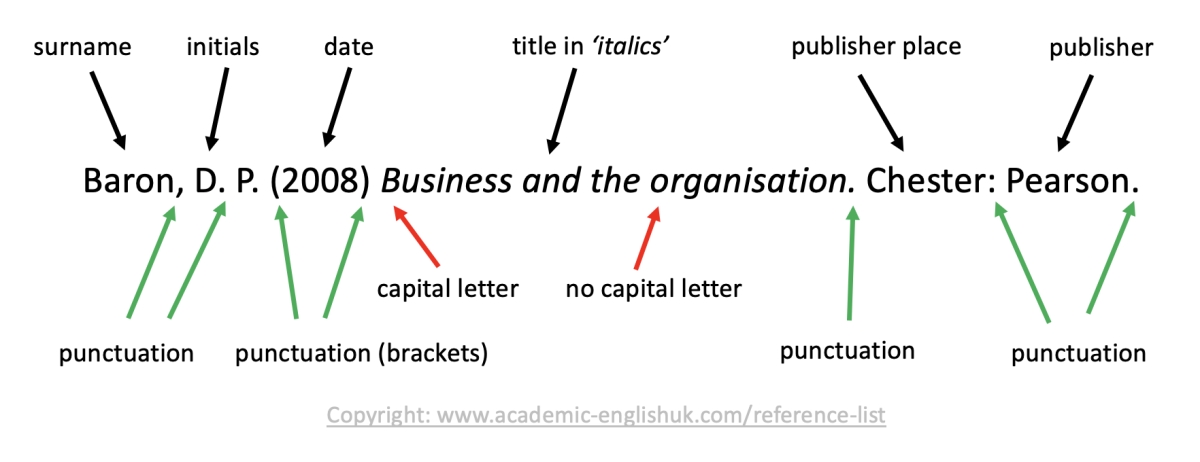
Source: Imperial College London – Harvard referencing guide.
Important: Some Harvard university guides do not use brackets and have different punctuation.
Advice on creating a reference list
- Some universities do not have a single standard method for citing and referencing.
- Departments have different requirements so it is very important to check your student handbook or ask your academic supervisor to be clear on what is expected for your assignments and dissertations.
- Check which method you are required to use, footnotes or the in-text author-date (Harvard) method.
- If your department has not specified the method and style then it is your choice. The emphasis is on consistency and not mixing methods and styles. Choosing a specific style will make it easier to find and follow rules for each reference.
Tools
- Cite this for me is a website which contains advice on how to reference different resources, in a range of styles and provides a tutorial on citing and referencing practice.
- Reference management software can help you cite and reference consistently. Use software to collect, store and organise your references as you research. Then you can insert your citations using the software and build your reference list as you write your assignment.
- The most commonly used software in British universities are: EndNote, Mendeley and Zotero.
- Your department librarian can assist you in using the software.
Referencing List or Bibliography?
What is a reference list?? a list of sources (books, articles, websites, journals) you have used in your essay
What’s a bibliography?? a is a list of sources that you read but may not have used in essay.
***Important: Some universities see reference list and bibliography as the same thing
How to create a reference list in Harvard (two versions) & APA 7th Edition
Books
Book with one author
Allen, P. (2008) Effective time management. London: Pan Books.
Book with two authors
Miller, P. & Huntington, C. (2010) Speaking persuasively. Sydney: Allen and Unwin.
Book with three or more authors
Smith, R., Jones, W. & Watton, B. (2011) Negotiating a business agreement. 2nd edition, London: Century Business.
Book – second or later edition
Bridges, R. (1995) Successful study for degrees, 2nd edition, London: Routledge.
Book by same author in the same year
Nikon, A. (1993a) Fatal storm, Sydney: Allen and Unwin.
Nikon, A. (1993b) Survival at sea, Sydney: Allen and Unwin.
Books with an anonymous or unknown author
The University Encyclopedia (1985) London: Roydon.
Journals
A Journal
Author, Initials. (Year) Title of article. Full Title of Journal (italics), Volume number (Issue/Part number), Page numbers.
Peters, C. (2001) The merger acquisition of IBM. Business Management Journal, 97(22), pp.63-64.
Electronic Journal from a Database
Author, Initials. (Year) Title of article. Full Title of Journal (italics), Volume number (Issue/Part number), Page numbers. Available from: URL or doi [Accessed date].
Revell, A. and Blackburn, R. (2007) The business case for sustainability? An examination of small firms in the UK’s construction and restaurant sectors. Business Strategy and the Environment, [online] 16(6), pp.404-420. Available from: https://onlinelibrary.wiley.com/doi/abs/10.1002/bse.499 [Accessed 12 April 2021].
Electronic Journal from the Internet
Authors, Initials. (Year) Title of article, Full Title of Journal (italics), [online]. Available from: URL [Accessed date].
Fox, S. (2008) A new dawn for solar energy, Popular Science, [online]. Available from: https://www.popsci.com/environment/article/2008-08/new-dawn-solar-energy/ [Accessed 12 April 2021].
Websites
A website
Authorship or Source (Year) Title of web document or web page (italics). Available from: URL [Accessed date].
The British Psychological Society (2018) Code of ethics and conduct. Available from: https://www.bps.org.uk/news-and-policy/bps-code-ethics-and-conduct [Accessed: 22 March 2019].
Newspapers
Online newspaper article
Author or corporate author. (Year) Title of document or page. Name of newspaper (italics), additional date information. Available from: URL [Accessed date].
Wolf, M. (2018) What really went wrong in the 2008 financial crisis? The Financial Times, 17 July. Available from: https://www.ft.com/content/e5ea9f2a-8528-11e8-a29d-73e3d454535d [Accessed: 9 April 2021].
More information go here:
Books
Book with one author
Allen, P. (2008). Effective time management. Pan Books.
Book with two authors
Miller, P. & Huntington, C. (2010). Speaking persuasively. Allen and Unwin.
Book with three or more authors
Smith, R., Jones, W. & Watton, B. (2011). Negotiating in business. 2nd edition. Century Business.
Book – second or later edition
Bridges, R. (1995). Successful study for degrees (2nd ed). Routledge.
Book by same author in the same year
Nikon, A. (1993a). Fatal storm. Allen and Unwin.
Nikon, A. (1993b). Survival at sea. Allen and Unwin.
Books with an anonymous or unknown author
The University Encyclopedia (1985). Roydon.
Journals
A Journal
Author, Initials. (Year). Title of article. Full Title of Journal (italics), Volume number (Issue/Part number), Page numbers.
Peters, C. (2001). The merger acquisition of IBM. Business Management Journal, 97(22), 63-64.
Electronic Journal from a Database with a doi number
Author, Initials. (Year). Title of article. Full Title of Journal (italics), Volume number (Issue/Part number), Page numbers. doi
Revell, A. and Blackburn, R. (2007). The business case for sustainability? An examination of small firms in the UK’s construction and restaurant sectors. Business Strategy and the Environment, 16(6), 404-420. https://doi.org/10.1002/bse.499
Electronic Journal from the Internet
Authors, Initials. (Year). Title of article, Full Title of Journal (italics), Volume number (Issue/Part number), Page numbers (if any). URL.
Besser, H. (2002). The next stage: Moving from isolated digital collections to interoperable digital libraries. First Monday, 7(6). https://firstmonday.org/ojs/index.php/fm/article/view/958/879
Websites
A website
Authorship or Source. (Year & date). Title of web document or web page (italics). URL.
The British Psychological Society (2018, May 18). Code of Ethics and Conduct. https://www.bps.org.uk/news-and-policy/bps-code-ethics-and-conduct
Newspapers
Online newspaper article
Author or corporate author. (Year and date). Title of document or page (italics). Name of newspaper. URL
Wolf, M. (2018, July 21). What really went wrong in the 2008 financial crisis? The Financial Times. https://www.ft.com/content/e5ea9f2a-8528-11e8-a29d-73e3d454535d
More information – go here:
https://www.librarydevelopment.group.shef.ac.uk/referencing/apa-7ed.html
An example of an academic bibliography (in alphabetical order)
Bills, R. E. (1977) Foundations for a theory of instruction and educational psychology. London: Harper and Row: 282-385
Boughton, J.M. (2002) The Bretton Woods proposal: an in-depth look. Political Science Quarterly, [e-journal] 42(6). Available from: https://journals.openedition.org/cidades/686?lang=en [Accessed 12 April 2021].
Buskist, W. and Saville, B. K. (2001) Rapport-building: creating positive emotional contexts for enhancing teaching and learning. Association for Psychological Science. Vol.14, no.3. Available from: https://www.psychologicalscience.org/observer/rapport-building-creating-positive-emotional-contexts-for-enhancing-teaching-and-learning [Accessed 10 April 2021].
Chittenden, M., Rogers, L. and Smith, D. (2003) Focus: NHS. Times Online, [online] 1 June. Available from: http://www.timesonline.co.uk/tol/news/uk/scotland/article1138006.ece [Accessed 12 April 2021].
Dornyei, Z. (2001) Teaching and researching motivation. Harlow: Pearson Education Limited.
Ehrman, M. and Dornyei, Z. (1998) Interpersonal dynamics in second language learning California: Sage.
Fishman, R. (2005) The rise and fall of suburbia. [e-book] Chester: Castle Press. Available from: https://academic.oup.com/ahr/article-abstract/94/1/98/150780? [Accessed 12 April 2021].
Foundation for Economic Education (FEE). (2014) England’s Whetstone named FEE’s first “Blinking Lights” award recipient. [online] Available from: http://www.fee.org/publications/detail/englands-whetstone-namedfees-first-blinking-lights-award-recipient [Accessed 6 April 2021].
Kipper, D. (2008) Japan’s new dawn. Popular Science and Technology, [online] Available from: http://www.popsci.com/popsci37b144110vgn/html [Accessed 12 April 2021].
Knight, P. (2001) The development of EFL methodology. In Candlin, N. and Mercer, N. (Eds) English Language Teaching in its Social Context. London: Routledge: 147-166.
McKay, S. L. (2006) Researching Second Language Classrooms. New Jersey: Lawerence Erlbaum Associates.
Moore, A. (2004) The Good Teacher: Dominant Discourses in Teaching and Teacher Education. Oxon: Routeledge.
Patterson, C. H. (1977) Foundations for a Theory of Instruction and Educational Psychology. London: Harper and Row: 282-385.
Richmond, J. (2005) Customer expectations in the world of electronic banking: a case study of the Bank of Britain. Ph. D. Anglia Ruskin University.
Silas, P., Yates, J.R. & Haynes, P.D. (2008) Density-functional investigation of the rhombohedral to simple cubic phase transition of arsenic. To be published in Physical Review B. Arxiv. [Preprint] Available from: http://arxiv.org/abs/0810.1692 [Accessed: 3rd April 2021]
University of Cambridge. (2007) CELTA Syllabus. Available from: www.cambridgeesol.org/assets/pdf/celta8 [Accessed 2nd April 2021].
More information on this referencing version:
An example of an APA 7th edition bibliography: (in alphabetical order)
Bills, R. E. (1977). Foundations for a theory of instruction and educational psychology. Harper and Row: 282-385
Boughton, J.M. (2002). The Bretton Woods proposal: an in-depth look. Political Science Quarterly, 42(6). http://libweb.anglia.ac.uk
Buskist, W. and Saville, B. K. (2001). Rapport-building: creating positive emotional contexts for enhancing teaching and learning. Association for Psychological Science. 14(3) https://www.psychologicalscience.org/observer/rapport-building-creating-positive-emotional-contexts-for-enhancing-teaching-and-learning
Chittenden, M., Rogers, L. and Smith, D. (2003, 1 June). Focus: NHS. Times. http://www.timesonline.co.uk/tol/news/uk/scotland/article1138006.ece
Dornyei, Z. (2001). Teaching and researching motivation. Pearson Education Limited.
Ehrman, M. and Dornyei, Z. (1998). Interpersonal dynamics in second language learning. Sage.
Fishman, R. (2005). The rise and fall of suburbia. Castle Press. https://doi.org/10.1086/ahr/94.1.98
Foundation for Economic Education (FEE). (2014, 26 May). England’s Whetstone named FEE’s first “Blinking Lights” award recipient. https://fee.org/resources/englands-whetstone-named-fees-first-blinking-lights-award-recipient/
Kipper, D. (2008). Japan’s new dawn. Popular Science and Technology, https://www.popsci.com/environment/article/2008-08/new-dawn-solar-energy
Knight, P. (2001). The development of EFL methodology. In Candlin, N. and Mercer, N. (Eds) English Language Teaching in its Social Context. Routledge: 147-166.
McKay, S. L. (2006). Researching Second Language Classrooms. Lawerence Erlbaum Associates.
Moore, A. (2004). The Good Teacher: Dominant Discourses in Teaching and Teacher Education. Routeledge.
Patterson, C. H. (1977). Foundations for a Theory of Instruction and Educational Psychology. Harper and Row: 282-385.
Richmond, J. (2005). Customer expectations in the world of electronic banking: a case study of the Bank of Britain. Ph. D. Anglia Ruskin University.
Silas, P., Yates, J.R. & Haynes, P.D. (2008, 9 Oct). Density-functional investigation of the rhombohedral to simple cubic phase transition of arsenic. Physical Review B. Arxiv. https://arxiv.org/abs/0810.1692
University of Cambridge. (2007). CELTA Syllabus. www.cambridgeesol.org/assets/pdf/celta8 .
More information – go here:
https://www.librarydevelopment.group.shef.ac.uk/referencing/apa-7ed.html
Reference Guide Downloads
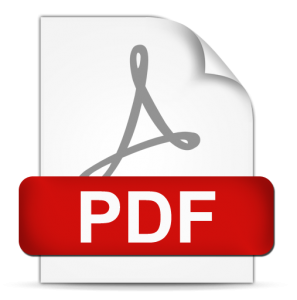 Referencing Guide: Harvard
Referencing Guide: Harvard
This is a basic reference guide to citing and creating a reference list or a bibliography. It shows the correct way to create in-text citations and reference lists for books, journals, online newspapers and websites. Web page link. TEACHER MEMBERSHIP / INSTITUTIONAL MEMBERSHIP
 Referencing Guide: APA 7th Edition
Referencing Guide: APA 7th Edition
This is a basic reference guide to citing and creating a reference list or a bibliography. It shows the correct way to create in-text citations and reference lists for books, journals, online newspapers and websites. Web page link. TEACHER MEMBERSHIP / INSTITUTIONAL MEMBERSHIP
Referencing Lessons
 Referencing: Harvard Referencing Worksheet 1
Referencing: Harvard Referencing Worksheet 1
Two part worksheet that is a paragraph and reference list. Students have to put in the correct in-text reference. The second part is a reference list exercise where students have to put the sections in the correct order. A nice lesson to introduce students to referencing and becoming aware of key referencing principles. Level ***** [B1/B2/C1] Example / Webpage link / TEACHER MEMBERSHIP / INSTITUTIONAL MEMBERSHIP
 Referencing: Harvard Referencing Worksheet 2
Referencing: Harvard Referencing Worksheet 2
This lesson supports students in their understanding and use of Harvard referencing. It contains six worksheets: a discussion on referencing, a noticing activity, a reordering task, an error identification exercise, a sentence completion task, a gap-fill activity and a reference list task. Teacher’s notes and key are provided.. Level ***** [B1/B2/C1] Example / Webpage link / TEACHER MEMBERSHIP / INSTITUTIONAL MEMBERSHIP
Referencing: APA 7th Edition Referencing Worksheet 1 
Two part worksheet that is a paragraph and reference list. Students have to put in the correct in-text reference. The second part is a reference list exercise where students have to put the sections in the correct order. A nice lesson to introduce students to referencing and becoming aware of key referencing principles. Level ***** [B1/B2/C1] Example / Webpage link / TEACHER MEMBERSHIP / INSTITUTIONAL MEMBERSHIP
Referencing: APA 7th Edition Referencing Worksheet 
This lesson supports students in their understanding and use of APA referencing. It contains six worksheets: a discussion on referencing, a noticing activity, a reordering task, an error identification exercise, a sentence completion task, a gap-fill activity and a reference list task. Teacher’s notes and key are provided.Level ***** [B1/B2/C1] Example / Webpage link / TEACHER MEMBERSHIP / INSTITUTIONAL MEMBERSHIP
How to use www.citethisforme.com
This lesson is an introduction to using an online reference generator: www.citethisforme.com. It begins by providing a step-by-step guide to using the application and its many functions. The lesson is a task-based activity where students use the reference generator to create bibliography citations. Worksheet example Time: 60mins. Level ***** [B1/B2/C1] / Video / TEACHER MEMBERSHIP / INSTITUTIONAL MEMBERSHIP
 Paraphrasing Lesson 1 – how to paraphrase effectively
Paraphrasing Lesson 1 – how to paraphrase effectively
It starts by discussing the differences between quotation, paraphrase and summary. It takes students through the basics of identifying keywords, finding synonyms and then changing the grammatical structure. There is plenty of practice, all with efficient teacher’s notes. Level ***** [B1/B2/C1] Example / TEACHER MEMBERSHIP / INSTITUTIONAL MEMBERSHIP
*
 Paraphrasing Lesson 2 – improve your paraphrasing skills
Paraphrasing Lesson 2 – improve your paraphrasing skills
This lesson helps students to improve their paraphrasing skills. The guided learning approach includes a text analysis activity where students identify the paraphrasing strategies, five sentence-level tasks to practise the strategies and two paragraph-level exercises to build on the previous tasks.. Level ***** [B1/B2/C1] Example / TEACHER MEMBERSHIP / INSTITUTIONAL MEMBERSHIP
*
Writing a paragraph – using quotes about smoking
Students are given a worksheet with nine quotes taken from The New Scientist, BBC News, The Economist, etc… and choose only three. They use these three quotes to write a paragraph trying to paraphrase the quotes and produce a cohesion piece of writing. Level ***** [B1/B2/C1] Example/ TEACHER MEMBERSHIP / INSTITUTIONAL MEMBERSHIP
*
Reporting verbs: worksheet
Use the verbs in the box to put into the sentences in the worksheet. Each sentence has a description of the type of verb needed. Check the grammar of the verb too! Web page link. TEACHER MEMBERSHIP / INSTITUTIONAL MEMBERSHIP
What’s a Credible Academic Source??
Primary and Secondary Sources
Two types of sources Primary and Secondary. A primary source is main source of evidence. This can be raw data, records and key facts. A secondary source draws on the primary data and analyses it.
Key questions to ask when evaluating source material
Is there an author? Date?
Is there evidence? Where is it from? Sourced?
Is there a reference list? And in-text referencing?
Generally, there shouldn’t be glossy pictures or advertising.
It should be written in an academic formal style and quite difficult to read.
Reading & Research Skills: What is a credible source?
This lesson highlights the key components of identifying credible and reliable resources. It includes a check list on 20 different sources and students have to decide whether these are credible or not? Page link Level ***** [B1/B2] TEACHER MEMBERSHIP / INSTITUTIONAL MEMBERSHIP
More Writing Resources
More digital resources and lessons
Readings
online resources
Tests
online resources
Grammar
online resources
Medical English
online resources
New for 2024
online resources
DropBox Files
Members only
Writing
online resources
Summary
online resources
Vocabulary
online resources
Instant Lessons
online resources
Marking Criteria
online resources
OneDrive Files
Members only
Listening
online resources
Argument
online resources
Critical Thinking
online resources
Topic-lessons
online resources
Feedback Forms
online resources
6-Week Course
Members only
Speaking
online resources
SPSE Essays
online resources
Free Resources
online resources
Charts and graphs
online resources
AEUK The Blog
online resources
12-Week Course
Members only

